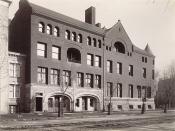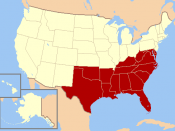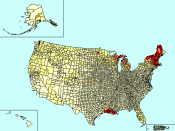Emily Lieberman
November 24, 2004
Soc. 250
American Mothers Living in Poverty
Welfare reform in the United States has been hailed as a great success. In an analysis prepared by the Clinton administration's office of Management and Budget, it was found that single mothers living in the poorest forty percent of U.S. household incomes received a total of $4 billion less in welfare income in 1997 than in 1993, after making an adjustment for inflation. Figures quoted said that earned income amongst this group increased by $4.3 billion and they also received an additional $2.1 billion increase from the earned tax credit (Haskins, 1999). These figures sound very good, but the fact still remains that a multitude of American women are still living on or below the national poverty line. In this paper I will challenge the argument that the welfare reform initiative is "working", and instead suggest that according to credible sources, women are in fact penalized by the very system that has been put in place to help them.
The United States Census bureau shows how the "poverty threshold" is calculated each year. This figure is a dollar amount that the department has determined is what's required for a number of people living together. The two main characteristics of the threshold formula are the size of a family unit and the ages of the family members. These thresholds are used throughout the United States and have no provision for variation due to geographical location. The annual Consumer Price Index for all urban consumers provides the inflation adjustment figures in this equation. According to the Census Bureau, "although the thresholds in some sense reflect families' needs, they are intended for use as a statistical yardstick, not as a complete description of what people and families need to live."(Figures on...


